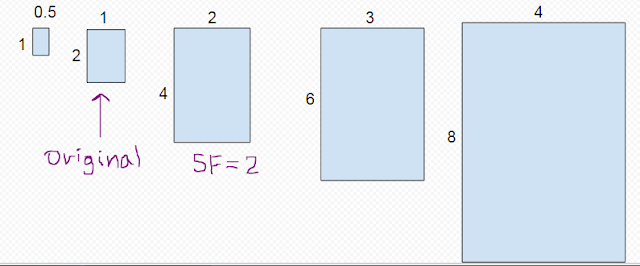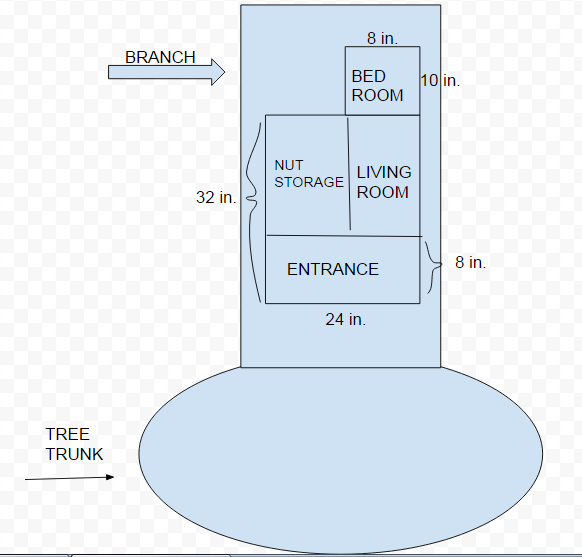1. Warm-up: Using the Probability Tree from the Crazy Creations Ice Cream store, answer the following questions:
a) What is P(chocolate and sprinkles)?
b) What is P(vanilla and grape)?
c) What is P(hazelnuts, chocolate, and plum)?
d) What is P(toffee bits and sprinkles)?
2. Announcements:
3. Finish Lesson 5.2.5 Probability Trees
4. Probability Challenge problem (extra credit, due Monday)
Design two number cubes that meet the following requirements:
a) What is P(chocolate and sprinkles)?
b) What is P(vanilla and grape)?
c) What is P(hazelnuts, chocolate, and plum)?
d) What is P(toffee bits and sprinkles)?
2. Announcements:
- We will finish Unit 3 on Tuesday
- Team Test on Wednesday
3. Finish Lesson 5.2.5 Probability Trees
- Notes/discussion: Mutually exclusive events
- Do Problems 68 and 69 in teams
4. Probability Challenge problem (extra credit, due Monday)
Design two number cubes that meet the following requirements:
- P(sum is 9) = 1/6
- P(sum is odd) = 2/3
- P(sum is divisible by 5) = 1/18
Hints/Tips:
- The number cubes don't need to be exactly the same
- The number cubes don't need to go up in ascending order
- A number can be repeated on a number cube
- All faces of the number cube must contain positive integers






